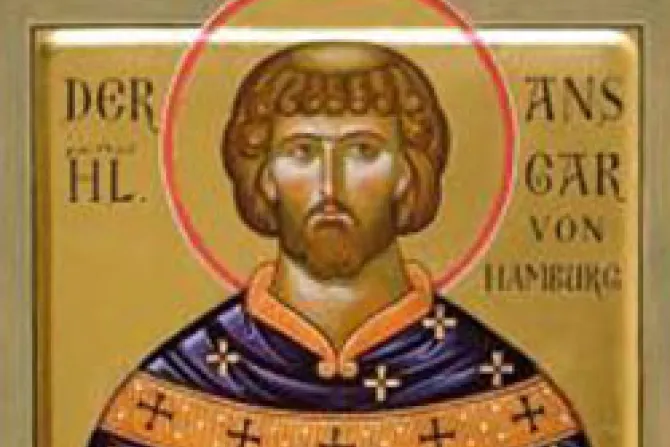Denver, Colo., Jan 30, 2011 / 06:01 am
Although Feb. 3 is more commonly celebrated on the liturgical calendar as the feast of St. Blase, it is also the memorial of St. Anskar, a remarkable missionary who risked his life to bring the Catholic faith to Scandinavia during the ninth century.
Anskar was born in 801, just a year after Pope Leo III bestowed the title of emperor on the Frankish King Charlemagne. Between 772 and 805, the emperor would achieve the dubious feat of spreading Christianity to the northern Saxon tribes through a process of conquest and forced conversion.
Eventually in his missionary work, Anskar would continue this northward extension of the Church. However, he would employ very different means in his attempt to convert the northern tribes, seeking to impart the faith through his inspired preaching and exemplary life.
Anskar was brought up among Benedictine monks in northern France and received his own monastic calling shortly after the death of Charlemagne in 814. A number of visions and dreams, which he had experienced from a young age, culminated in a vision of supernatural light, accompanied by a command to surrender his life for the sake of God's kingdom.


